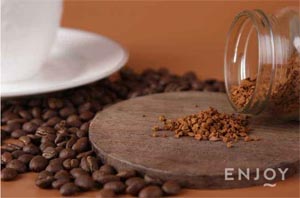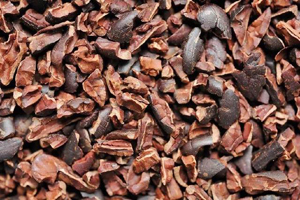Is the quality of chocolate determined by the content of cocoa butter?
First of all, what is the cocoa content?
Cacao content:
The chocolate product label will indicate the total cocoa content of the product. Cocoa content refers to the total proportion of cocoa mass, cocoa butter, and cocoa powder in this chocolate.
Cocoa beans are grinded vigorously and ground into a liquid to become cocoa puree. Cocoa butter is extracted from cocoa puree and has a melting point close to human body temperature. It is an important raw material for cosmetics. After the cocoa butter is extracted, the residual solid matter is reprocessed to become cocoa powder.

In France and Spain, the total cocoa content is listed as “%Cacao”; in Germany it is “% Kakao”; in the UK it is “%Cocoa.”
The ingredients of industrial chocolate are usually the processed products of cocoa puree-cocoa butter and cocoa powder. The two are mixed into cocoa reconstituted pulp to make chocolate, and there will be a relative loss of flavor.
The refined chocolate will use cocoa puree to preserve the flavor of cocoa to the greatest extent.
However, to understand the difference in chocolate, we must look at cocoa beans firstly.
Chocolate production
The dried cocoa beans are sent to the chocolate manufacturing area. The baking process of the chocolate master in the later stage is like a chef processing raw materials into semi-finished products. Chocolate brands that can be processed into semi-finished products are usually dubbed the concept of “bean-to-bar”: because their finished chocolate is directly evolved from cocoa beans, there is no process of squeezing cocoa butter from industrial chocolate, but using cocoa puree.
Fine chocolate differentiation
FCIA (fine chocolate industry association) once summarized the latitude of evaluating chocolate quality:

It can be seen that “high-quality chocolate” does not clearly stipulate the content of cocoa, but pays more attention to several major raw materials and processes.
However, in terms of classification, it can be based on the content of cocoa, such as the most common dark chocolate and milk chocolate:
Dark chocolate
The European Food and Drug Administration (FDA) stipulates that the cocoa content of dark chocolate should exceed 35%, and the United States also stipulates that the cocoa paste should exceed 35%. The raw materials of dark chocolate are basically cocoa and sugar, and some industrial dark chocolates may also add a small amount (within 5%) of milk. Generally speaking, the higher the cocoa content of dark chocolate, the lower the sweetness.
Dark chocolate is the best way to taste the pure taste of cocoa. However, not good enough beans and failed processing to achieve 100% purity will not make the aroma more pleasant.
Milk chocolate

Milk chocolate originated in Switzerland. The definition of milk chocolate varies from country to country.
In the UK and Ireland, cocoa content ≥20% can be called milk chocolate, while in other European countries, it must be ≥25%, and milk solids ≥14%; the US FDA requires cocoa paste ≥10% and milk solids ≥12%; Canadian FDA It is stipulated that cocoa butter ≥ 15%, milk solids ≥ 12%; Japan is cocoa content ≥ 21%, milk solids ≥ 14%.
If the cocoa content exceeds 45%, it is called dark milk chocolate. The sugar content is lower than a piece of 60% dark milk chocolate.
With high-quality milk chocolate, you can feel the cocoa and milk taste perfectly blended together, the sweetness will not be overwhelming, and there will be no greasy aftertaste after melting.
Industrially produced milk chocolate is likely to be greasy and heavy after eating.
The article origins from SalonDuChocolat from zhihu.com.







